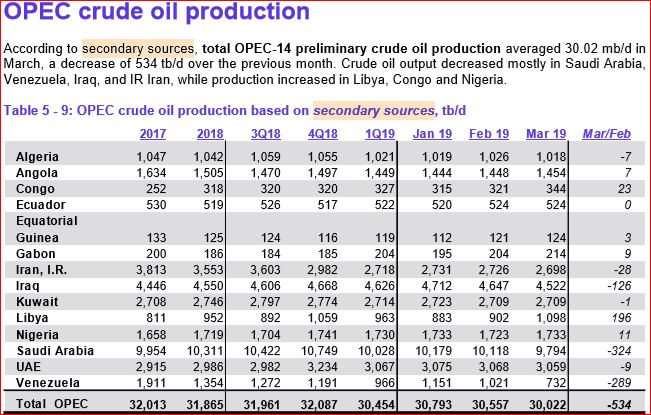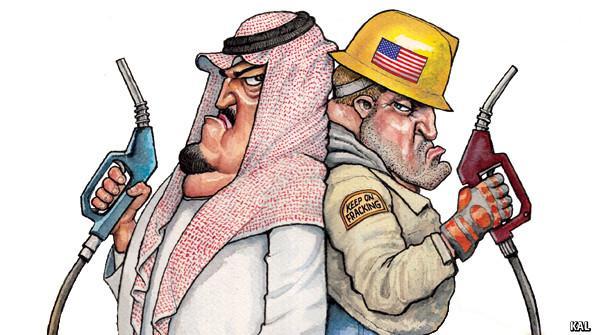“Now, I know for a fact that American energy dominance is within our grasp as a nation.” Ryan Zinke, U.S. Secretary of the Interior (source)
“All Warfare is Based on Deception” Sun Tzu, “The Art of War”
Over nearly a half-century, since the time of Richard Nixon, American presidents have proclaimed the need for “energy independence” for the US, without ever succeeding in attaining it. During the past few years, it has become fashionable to say that the US has, in fact, become energy independent, even though it is not true. And, doubling down on this concept, there came the idea of “energy dominance,”introduced by the Trump administration in June 2017. It is now used at all levels in the press and in the political debate.
No doubt, the US has good reasons to be bullish on oil production. Of the three major world producers, it is the only one growing: it has overtaken Saudi Arabia and it seems to be poised to overtake Russia in a few years. (graphic source).
This rebound in the US production after the decline that started in the early 1970s is nearly miraculous. And the miracle as a name: shale oil. A great success, sure, but, if you think about it, the whole story looks weird: the US is trying to gain this “dominance” by means of resources which, once burned, will be forever gone. It is like people competing at who is burning their own house faster. What sense does it make?




















